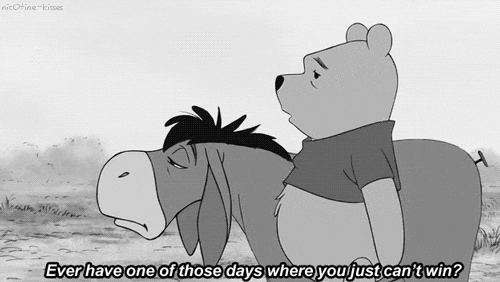
Depression is one of the most prevalent mental health issues in the world, so it’s no wonder it’s also common among artists. Nevertheless, as we looked at in our previous post on artists with depression, some impressive artists manage to create inspiring work despite the debilitating symptoms of the condition.
Some of them find healing in the art. Others simply persist because they feel compelled to share even though their mental health limits them in some way. Each one of these artists is an inspiration. Therefore, we wanted to share five more artists who live(d) with depression:
1. Georgia O’Keeffe
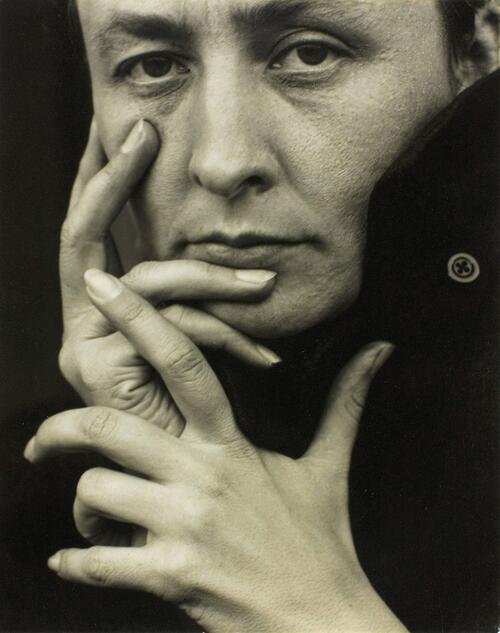
Anxiety is the only mental health condition that is more widespread in America than depression. Georgia O’Keeffe had the unfortunate reality of living with both conditions.
Major depression is diagnosed after just two weeks of the requisite symptoms. However, many people live with it for much longer before they get a diagnosis. Stressors add up until the person essentially can’t take anymore and breaks down. O’Keeffe’s breakdown came in 1932.
She had struggled intensely with a job at Radio City where everything was going wrong. The final straw was dampness that caused her canvas to peel, and she walked off the job. At the same time, her relationship with fellow artist Alfred Stieglitz (we’ll get to that drama in just a moment …) was falling apart. She went to stay with her sister where she suffered a racing heart, ongoing headaches, and crying jags (all symptoms of both her anxiety and her depression.) Stieglitz showed up at her sister’s apartment and her condition worsened.
By early 1933, she had checked herself into a hospital for treatment. She was diagnosed with “psychoneurosis,” which is a fancy way of saying that her emotions built up, didn’t have the expressive outlet they needed, and manifested in physical symptoms. In other words: depression. She stopped painting for about a year as she struggled. This is what depression does: it takes away the artist’s ability to create.
The upside to this time was that O’Keeffe connected with several other women who were going through similar mental health and relationship challenges. She corresponded with Frida Kahlo, who had recently been hospitalized after a miscarriage. She traveled with photographer Marjorie Content who was in the midst of ending her marriage. One of the things you need most to get through depression is a strong support system, and it’s likely that these connections helped immensely in her healing process.
2. Alfred Stieglitz
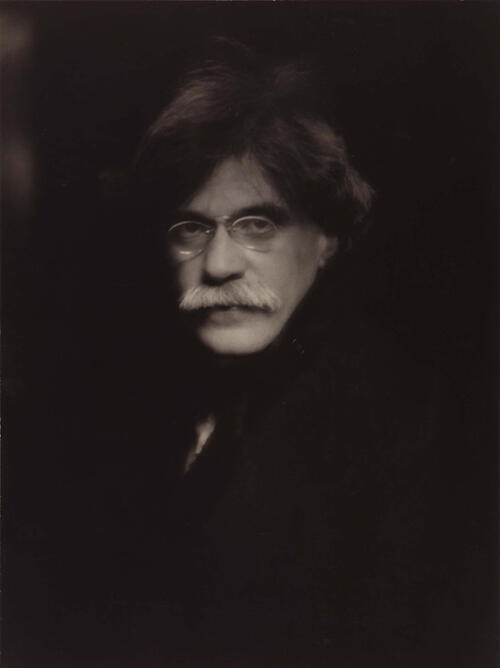
We can’t talk about O’Keefe’s depression without mentioning her relationship with photographer Alfred Stieglitz. When his daughter Kitty was born in the late nineteenth century, he had a goal to document her entire life in photos. His then-wife Emmy thought he was ruining their daughter’s life by following her around with a camera. (As a side note, what would Emmy think today if she saw how fully documented children’s lives are via social media?)
In any case, Stieglitz resurrected a version of that early fantasy project when he met O’Keeffe. He documented every part of her changing body over the course of about two decades. Eventually, he left Emmy and moved in with O’Keeffe, at which time his daughter cut off all contact with him. She herself went into depression and was institutionalized. Her doctors suggested that perhaps if Stieglitz and O’Keeffe married, then Kitty would be able to process this relationship and move on. O’Keeffe grudgingly agreed to the marriage. Of course, it didn’t help Kitty. She was eventually re-diagnosed with dementia praecox (an outdated diagnosis most closely matching modern-day schizophrenia) and spent the rest of her life institutionalized.
Stieglitz himself seems to be no stranger to depression. A study of the 800+-page collection of his letters with O’Keeffe (called “My Far Away One”) reveals many indications of his own battles with the condition. Depression often manifests with physical ailments and Stieglitz complained regularly of a variety of aches and pains, an itchy scalp, and a persistent cough. During a particularly rough two-year period, O’Keeffe escaped his depression by moving to the Southwest, during which time her letters gain lightness and joy while his complain of hopelessness and a lack of energy. He also had insomnia, a classic symptom of depression, and he helped treat it by taking long, hot baths each night, which is a classic self-help treatment that bloggers today continue to recommend as an insomnia aid.
3. Francisco Goya
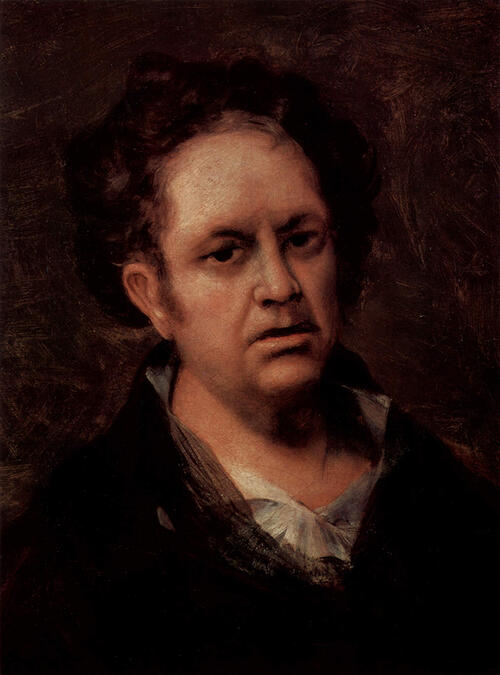
If you look at how art history has characterized Franicsco Goya’s work, you’ll often see that it’s divided into two periods: the light and happy early work and the later work filled with monsters and ugliness. Many suggest that it was Goya’s depression (which coincided with a variety of physical ailments) that marked the divide. However, depression is trickier than this. It isn’t a clear cut thing. If you look closely at the early “happy” work, you’ll see that there are hints of darkness already creeping in. Moreover, this early work was done to please his buyers; as he grew more financially stable he was freer to produce the work that reflected what was truly in his mind. In other words, while his depression got decidedly worse with time, we can see the signs even in his earlier pieces.
Since he was diagnosed in the eighteenth century, it’s hard to say exactly what was going on with him. Most believe that his mental health issues were a symptom either of syphilis or of anti-syphilis treatment. In addition to depression, he suffered from hallucinations, likely related to syphilis. However, he also had other chronic illnesses, including eventual deafness, which can coincide with depression. Plus there was the not-so-insignificant fact that he worked with a lot of lead-based paint, which could also complicate both his physical and mental health.
We can’t discount the emotional impact of his life experiences as a contributing factor to depression, though. He had an unhappy marriage, complicated by the fact that they had several pregnancies ending in miscarriage or early child death. His images from this time suggest guilt and self-loathing. At the same time, he faced personal rejection, falling in love with the Duchess of Alba who was just not all that into him. Simultaneously, he had professional rejection, entering two prominent Madrid art competitions where he found not a single supporter for his work.
Regardless of the cause, we know that Goya went through at least two, and possibly four, specific periods of extreme illness, during which he also showed symptoms of major depression. Modern mental health professionals tend to agree that his physical illness exacerbated his depression. He tended to isolate, worsening the depression. This freed him to delve into fantasy, which was what made his later work so powerful and impressive but was certainly no help to his mental health.
4. Edgar Degas
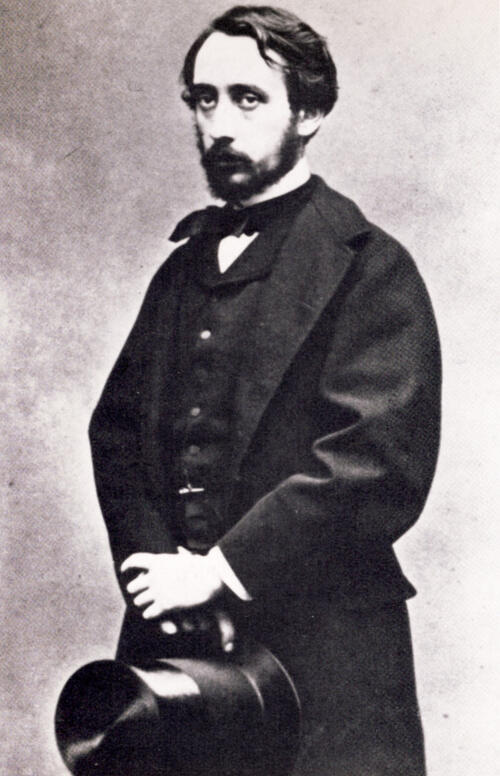
Like Goya, Edgar Degas’ depression is linked with physical decline. In his case, his eyesight deteriorated as he got older, and as that happened, his depression worsened. Many people like to think of our bodies and minds as separate, but we are all made of a body-mind-spirit wholeness and when any one aspect of that is challenged, it can cause problems across the entire human.
Depression marred his latest years, but it had reared its ugly head long before that. Letters he wrote in midlife reek of the hopelessness of depression. Ultimately, he emerged from that period transformed, which we can see in a shift his art takes at this time.
Nevertheless, depression was always close at hand, and aging worsened it. Perhaps he could have survived the challenge of growing blindness. However, in his late 70s, he was forced to leave his studio at Montmartre where he had been a working artist for two decades. This complicated his depression, and it was less than five years later that he died.
5. Mark Rothko
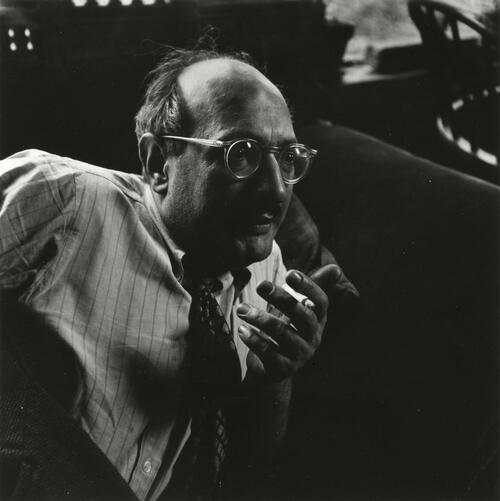
Mark Rothko died in 1970, at the age of 66, his wrists slashed in an act of suicide. It was the final day in a lifetime marked by periods of depression. In fact, friends frequently described him as melancholy even when things were going well in his life and work. And often, things were not going well.
Some twenty years before his death, Rothko experienced a series of challenges, not the least of which was his mother’s death, which led to a depressive breakdown. It coincided with both personal and professional stressors.
Many artists unfortunately have their mental health tied up with their artwork, not just in terms of using it as a form of self-expression, but also in linking their ego or sense of value to how well their work was received. Rothko was a progressive artist who caused polarization among critics. The human brain tends to dwell on the negative (a flaw of evolution; we subconsciously think if we focus on the negative we can keep ourselves safe from danger) so even though there were people who praised Rothko, he focused on the criticism.
After years and years of struggling with depression, he had a heart attack the year before his death, which precipitated his final bout with the disease. He became particularly despondent, he stopped producing art, and he obsessed over how rejected he felt by the art world. One can’t help but notice that one of the frequent criticisms of his artwork was that it felt empty, which many say was the intent of his calm, contemplative canvases, but which is also associated with the innate feelings of someone living with depression.
Ironically, though, the success of his work could also have contributed to his depression. He distrusted material success, particularly in terms of how it could impact art. No matter how much praise he got, he insisted that he was an outsider to the art world. Notably, he was embroiled in a complicated battle over his work with the Marlborough Gallery (a battle that would plague his children for years to come), and on the day of his death had an uncomfortable visit from a gallery representative. He didn’t leave a suicide note, so we will never know for sure what his final thoughts were, but history indicates that depression led to his death.
This post is part of our series on Mental Health Art History: Artists Creating Despite A Diagnosis. In addition to Part 1 of this post on artists with depression, we’ve also covered bipolar artists and artists with schizophrenia.
Sources
- Bender, Narim. “Edgar Degas: Drawings.” Volume 9 of Annotated Drawings. 2014.
- Boxer, Sarah. “Georgia O’Keeffe, That Crazy Little Girl.” The New York Times. August 1, 1997. Retrieved 2/23/19 from https://www.nytimes.com/1997/08/01/arts/georgia-o-keeffe-that-crazy-lit…
- Breslin, James E. B. “Mark Rothko: A Biography.” The University of Chicago Press. 1998
- Casey, Laura L. “Goya: In Sickness and Health.” International Journal of Surgery, Volume 4. Issue 1, 2006, Pages 66-72. Retrieved 2/23/19 from https://www.sciencedirect.com/science/article/pii/S1743919105000890
- Cooke, Rachel. “The Art Cheats Who Betrayed My Father.” The Guardian. September 13, 2008. Retrieved 2/23/19 from https://www.theguardian.com/artanddesign/2008/sep/14/art1
- Felisati and Sperati. “Francisco Goya and His Illness.” Acta Otorhinolaryngol Ital. 2010 Oct 5; 30(5): 264–270. Retrieved 2/23/19 from https://www.ncbi.nlm.nih.gov/pmc/articles/PMC3040580/
- Glueck, Grace. “Mar Rothko, Artist, A Suicide Here at 66.” The New York Times. February 26, 1970. Retrieved 2/23/19 from https://www.nytimes.com/1970/02/26/archives/mark-rothko-artist-a-suicid….
- Scott, Nancy J. “Georgia O’Keeffe” Reaktion Books Limited: London. 2015.
- Solomon, Deborah. “O’Keeffe and Stieglitz: Intimacy at a Distance.” The New York Times. August 12, 2011. Retrieved 2/23/19 from https://www.nytimes.com/2011/08/14/books/review/my-faraway-one-selected…
- Tyson, Ann Scott. “Tracing the Passionate Struggles of Edgar Degas.” The Christian Science Monitor. October 16, 1996. Retreived 2/23/19 from https://www.csmonitor.com/1996/1016/101696.feat.arts.1.html










Depression just seems like a state of mind. Pull yourself up and just get going with your life.